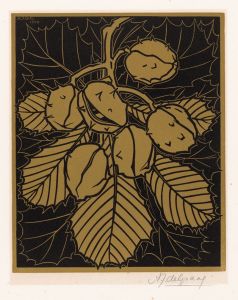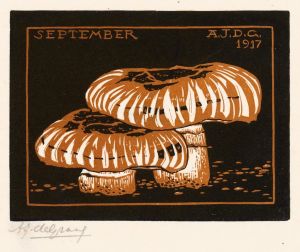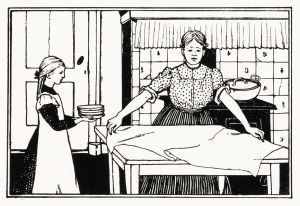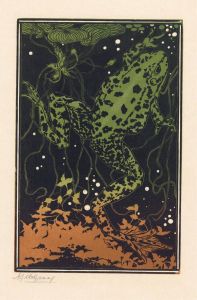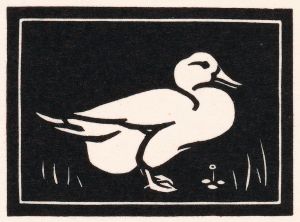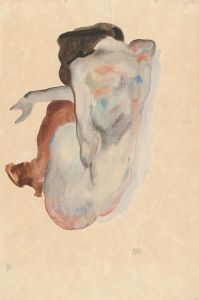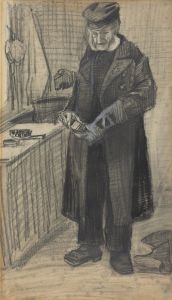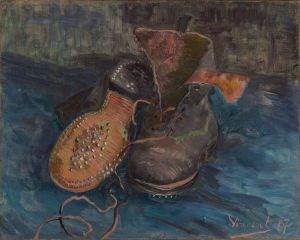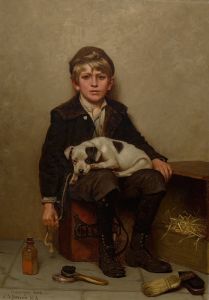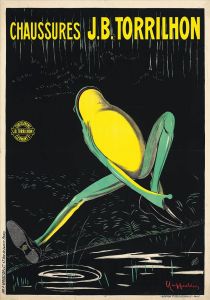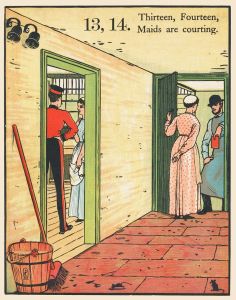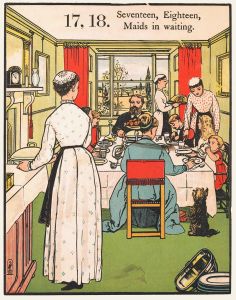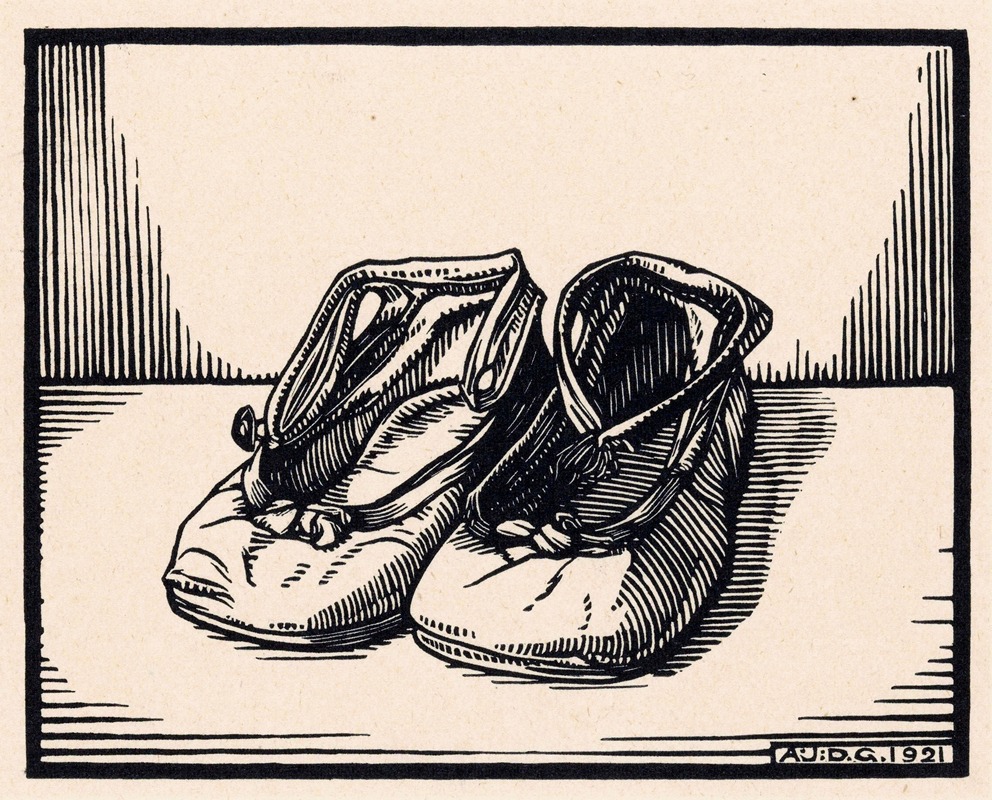
Paar schoenen
A hand-painted replica of Julie de Graag’s masterpiece Paar schoenen, meticulously crafted by professional artists to capture the true essence of the original. Each piece is created with museum-quality canvas and rare mineral pigments, carefully painted by experienced artists with delicate brushstrokes and rich, layered colors to perfectly recreate the texture of the original artwork. Unlike machine-printed reproductions, this hand-painted version brings the painting to life, infused with the artist’s emotions and skill in every stroke. Whether for personal collection or home decoration, it instantly elevates the artistic atmosphere of any space.
Julie de Graag was a Dutch artist known for her work in the early 20th century, particularly in the realm of graphic arts and illustration. Her piece "Paar schoenen" (translated as "A Pair of Shoes") is one of her notable works, reflecting her distinctive style and artistic focus.
Julie de Graag was born on March 18, 1877, in Gorinchem, Netherlands. She studied at the Royal Academy of Art in The Hague, where she developed her skills in drawing and printmaking. De Graag was part of the Dutch art movement known as the Hague School, which was characterized by its realistic and detailed depiction of everyday subjects. Her work often included themes from nature and domestic life, rendered with precision and a keen eye for detail.
"Paar schoenen" is a fine example of de Graag's attention to detail and her ability to elevate ordinary objects to subjects of artistic interest. The artwork depicts a pair of shoes, rendered with meticulous care. De Graag's technique often involved the use of black and white, which allowed her to focus on form, texture, and contrast. This approach is evident in "Paar schoenen," where the interplay of light and shadow highlights the texture of the shoes, giving them a three-dimensional quality.
De Graag's work is often associated with the Art Nouveau movement, which was popular during her time. This movement emphasized decorative arts and was known for its intricate designs and organic forms. While de Graag's style was more restrained compared to the often elaborate Art Nouveau designs, her work shared the movement's appreciation for craftsmanship and beauty in everyday objects.
Throughout her career, Julie de Graag faced personal challenges, including health issues that affected her ability to work. Despite these difficulties, she continued to produce art that was both technically proficient and emotionally resonant. Her work gained recognition during her lifetime, and she exhibited alongside other prominent artists of her era.
The significance of "Paar schoenen" lies not only in its artistic merit but also in its reflection of de Graag's broader body of work. Her focus on simple, everyday subjects invites viewers to appreciate the beauty in the mundane and to consider the stories that ordinary objects can tell. This approach aligns with the broader trends in early 20th-century art, where artists sought to capture the essence of modern life through a focus on realism and detail.
Julie de Graag's contributions to Dutch art have been recognized posthumously, and her works are held in various collections, including museums and private collections. Her ability to convey depth and emotion through simple subjects continues to resonate with audiences today, offering a glimpse into the world of early 20th-century Dutch art and the unique perspective of a talented artist.
In summary, "Paar schoenen" by Julie de Graag exemplifies her skill in transforming everyday objects into subjects of artistic exploration. Through her detailed and realistic portrayal, de Graag invites viewers to find beauty in simplicity, a hallmark of her artistic legacy.





